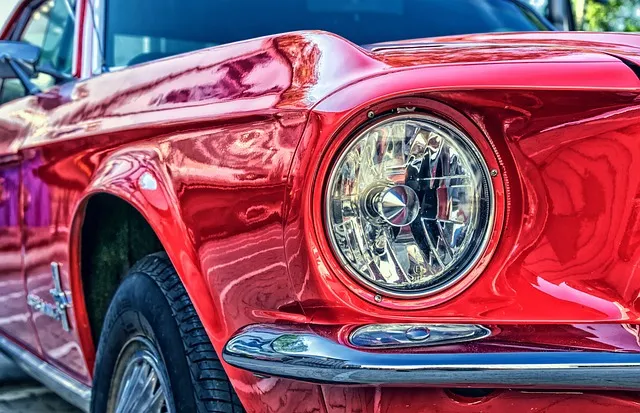Verifying a Vehicle Identification Number (VIN) in California is essential for safe and informed vehicle transactions. A 17-character code, the VIN provides access to a car's history through the DMV, including previous owners, accidents, and service records. This process ensures legitimacy, protects against fraud, and aids in making responsible buying decisions for used cars. Accurate VIN checks require meticulous attention to detail, cross-referencing official databases, and avoiding untrusted online tools or scams.
California residents and visitors alike often need to verify a Vehicle Identification Number (VIN) for various reasons, from buying or selling cars to ensuring safety. This guide breaks down the California DMV VIN check process, helping you understand why and how to conduct it effectively. Learn the steps involved, common mistakes to avoid, and essential tips for successful verification, all centered around the key SEO keyword: verify VIN.
- Understanding VIN (Vehicle Identification Number) for California Vehicles
- When and Why You Need to Verify a VIN with the DMV
- Step-by-Step Guide: How to Conduct a VIN Check through the DMV
- Important Tips and Common Mistakes to Avoid During VIN Verification
Understanding VIN (Vehicle Identification Number) for California Vehicles

A Vehicle Identification Number (VIN) is a unique code consisting of 17 characters that serve as a fingerprint for every vehicle manufactured worldwide, including those in California. This standardized system allows for easy identification and verification of a car’s make, model, year, and other important specifications. When you verify a VIN in California, you gain crucial insights into the vehicle’s history, which is essential for several reasons, from ensuring compliance with safety standards to facilitating accurate insurance claims and resale value assessments.
For instance, by checking a VIN, California residents can access records detailing previous owners, major accidents or damage, and service histories. This transparency enables responsible decision-making when purchasing used vehicles. Additionally, the process of verifying a VIN is straightforward; you can do it online through various trusted platforms or by contacting the California Department of Motor Vehicles (DMV). These methods ensure that you obtain legitimate information about any vehicle, making it easier to stay informed and protected during transactions.
When and Why You Need to Verify a VIN with the DMV

In California, vehicle owners often need to verify their Vehicle Identification Number (VIN) with the Department of Motor Vehicles (DMV) for various reasons. One common scenario is when you’re preparing to sell or transfer ownership of your vehicle. The DMV requires a valid and accurate VIN to ensure proper documentation and record-keeping during such transactions. This verification process helps maintain the integrity of California’s vehicle registry.
Additionally, verifying a VIN with the DMV is crucial for safety purposes. A unique VIN provides critical information about a vehicle’s history, including previous owners, maintenance records, and any reported accidents or recalls. By checking the VIN, both buyers and sellers can make informed decisions, ensuring they are not involved in fraudulent activities or purchasing a vehicle with hidden issues. This simple step is an essential part of responsible vehicle ownership and transaction practices in California.
Step-by-Step Guide: How to Conduct a VIN Check through the DMV

Important Tips and Common Mistakes to Avoid During VIN Verification

When conducting a verify VIN check, there are several tips and common pitfalls to keep in mind to ensure accuracy and prevent delays. First, always double-check the Vehicle Identification Number (VIN) for any errors or alterations. Even a single misplaced digit can lead to incorrect vehicle identification. It’s also crucial to verify the VIN against the vehicle’s physical characteristics—make sure the details match, including the model year, brand, and other specifications.
Another mistake to avoid is relying solely on online tools without cross-referencing with official databases. While digital platforms are convenient, they may not always provide up-to-date or accurate information. Always consult California DMV resources and ensure your verify VIN process is in line with their guidelines. Additionally, be mindful of common scams related to vehicle history reports; always use trusted sources to avoid paying for services that might offer misleading data.
When it comes to ensuring vehicle authenticity and history, verifying a VIN with the California DMV is a crucial step for any car owner or buyer. By following the simple yet comprehensive guidelines outlined in this article—from understanding the Vehicle Identification Number to navigating the verification process—you can make informed decisions, mitigate potential risks, and enjoy peace of mind when it comes to your vehicle’s background. Remember, a quick VIN check can save you time, money, and potential heartache down the road. So, don’t skip this essential step—dive into the process today to keep your California roads safe and your vehicles secure.
